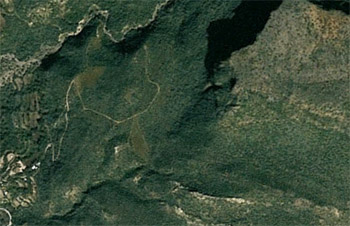From the Kenya Wildlife Service:
Kenyan President Mwai Kibaki on Wednesday 20 July 2011 set ablaze five tonnes of ivory …[to demonstrate that] Kenya would like to stand counted as a country in the forefront in wildlife conservation.
“Through the disposal of contraband ivory, we seek to formally demonstrate to the world our determination to eliminate all forms of illegal trade in ivory,’’ Kibaki told several hundred conservationists at the Kenya Wildlife Service paramilitary training school in Tsavo West National Park.“We must all appreciate the negative effects of illegal trade to our national economies. We cannot afford to sit back and allow criminal networks to destroy our common future.’’
…The action, which was part of the first ever African Elephant Law Enforcement Day celebrations, was …meant to draw the world’s attention to the plight of the African elephant across Africa. Speaking on behalf of the Lusaka Agreement Governing Council, Prof Ephraim Kamuntu, Uganda’s Minister for Tourism, Wildlife and Antiquities, said the collective message to poachers and traders in illegal wildlife was that “their days were numbered.”
Dr Noah Wekesa, Kenya’s Minister for Forestry and Wildlife said the message had been sent to all in the illegal trade chain “to abandon this business and be part of conservation efforts.”He proposed that in future, confiscated ivory should be disposed off in its country of origin to “send a powerful message to poachers that this business is not acceptable in their country.”
Dr Wekesa said Kenya was in the final stages of passing a new wildlife policy and bill which has heavy penalties that would serve as a deterrent to poaching and ensure that “illegal wildlife trade has no safe haven within our region.”
For the full article, see the Kenya Wildlife Service Website.
See also, more information on the African Elephant Law Enforcement Day.





 A new report by Global Financial Integrity, entitled “Transnational Crime in the Developing World,” ranks four types of environmental smuggling among the top ten most valuable trade flows in the world.
A new report by Global Financial Integrity, entitled “Transnational Crime in the Developing World,” ranks four types of environmental smuggling among the top ten most valuable trade flows in the world.




